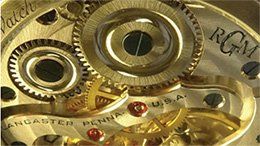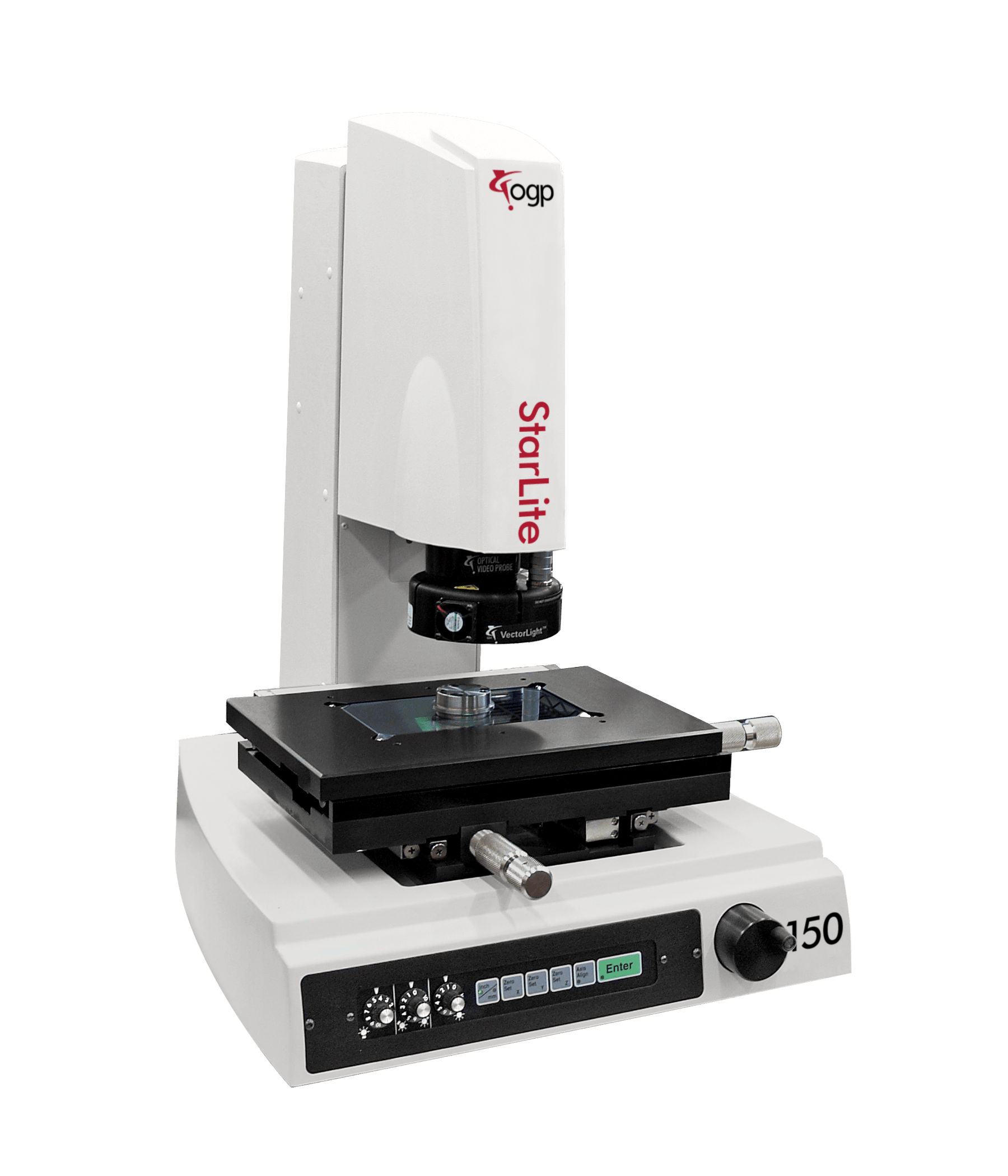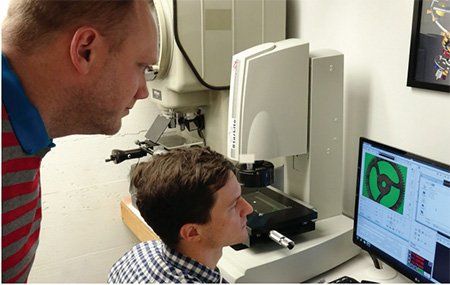Product Selector
Click-to-answer questions guide you through selecting the right product for your application.

RGM Watch Company is America’s premier watch maker and manufacturer of watch parts, cases, and movements. The company was founded in 1992 by American watchmaker Roland G. Murphy, and is located in Mount Joy, Pennsylvania, an area with a rich history of watchmaking in America’s past.
Upon entering the RGM facility front door, visitors are immediately surrounded by multiple classic watchmaker benches and a number of antique rose engine lathes. These hundred-year-old lathes can produce an intricate and ornate metal pattern using a guilloché engraving technique. This level of decorative detail in a RGM timepiece is just one of the alluring factors that make RGM one of the premier American watch companies.

 "Before we could count on reliably accurate parts, we would make components with undersize holes and the watchmakers would rectify the holes."
"Before we could count on reliably accurate parts, we would make components with undersize holes and the watchmakers would rectify the holes."

In the beginning, RGM product development was often painstakingly slow due to a lack of suitable metalworking machinery to produce very small parts.
Swiss companies had the equipment but were not particularly interested in working with an untested startup company – especially one from America. With enterprising determination, the help of a local machine shop, and a collection of used metalworking machines, Murphy introduced the Caliber 801 mechanical movement in 2007. RGM inspection and measurement of small parts for the Caliber 801 was performed on a used 25-year-old Nikon 6C-2 optical comparator. Using the comparator for part inspection took quite a bit of time to set up and wasn’t very automated, but was adequate for handling the first few low volume series of watch components.
Today, there are seven versions of the Caliber 801, requiring a complex component mix. This is when making consistently accurate component parts became critical. “Before we could count on reliably accurate parts, we would make components with undersize holes and the watchmakers would rectify the holes on a jig borer later,” meaning they would be individually made to fit by making the holes larger. This was an additional time-consuming process done by the watchmaker during assembly, explained Murphy.
In June 2016, RGM purchased an OGP StarLite™ 150 video system to perform the dimensional measurement and inspection tasks being done on the optical comparator. “The StarLite 150 quickly showed the benefits of having a system that could consistently measure small and complex watch parts without operator interpretation,” remarked Benoit Barbé, Director of Micro-Mechanical Design.

Production and prototype needs have increased in recent years, and the StarLite 150 has become integral in the development process through its compatibility with the company’s 3D CAD system and CNC milling machines. Once a CAD model is complete, it can be downloaded to the video measurement system, allowing measurements within a few seconds, rather than minutes (or longer) with the optical comparator. “Plus, our confidence is high that the measurements are accurate, which were questionable when using the optical comparator,” commented Barbé.
One feature of the StarLite 150 especially appreciated by the manufacturing team at RGM is the VectorLight™ LED programmable ring light. “The high degree of illumination makes checking a dimension between two blind holes very quick and easy – a task that was always time-consuming and subjective using the optical comparator,” according to Barbé.

 "The more we learn about our StarLite 150 measurement system, the more productive we become."
"The more we learn about our StarLite 150 measurement system, the more productive we become."

RGM Custom watch features are becoming more and more in demand, requiring unique, complex designs with a CNC mill production run of quantity one. “We now routinely measure and inspect custom micro-mill etching done with end mills as small as 0.02 mm. It’s never been easier or more accurate. The more we learn about our StarLite 150 video measurement system, the more productive we become,” concluded Barbé.